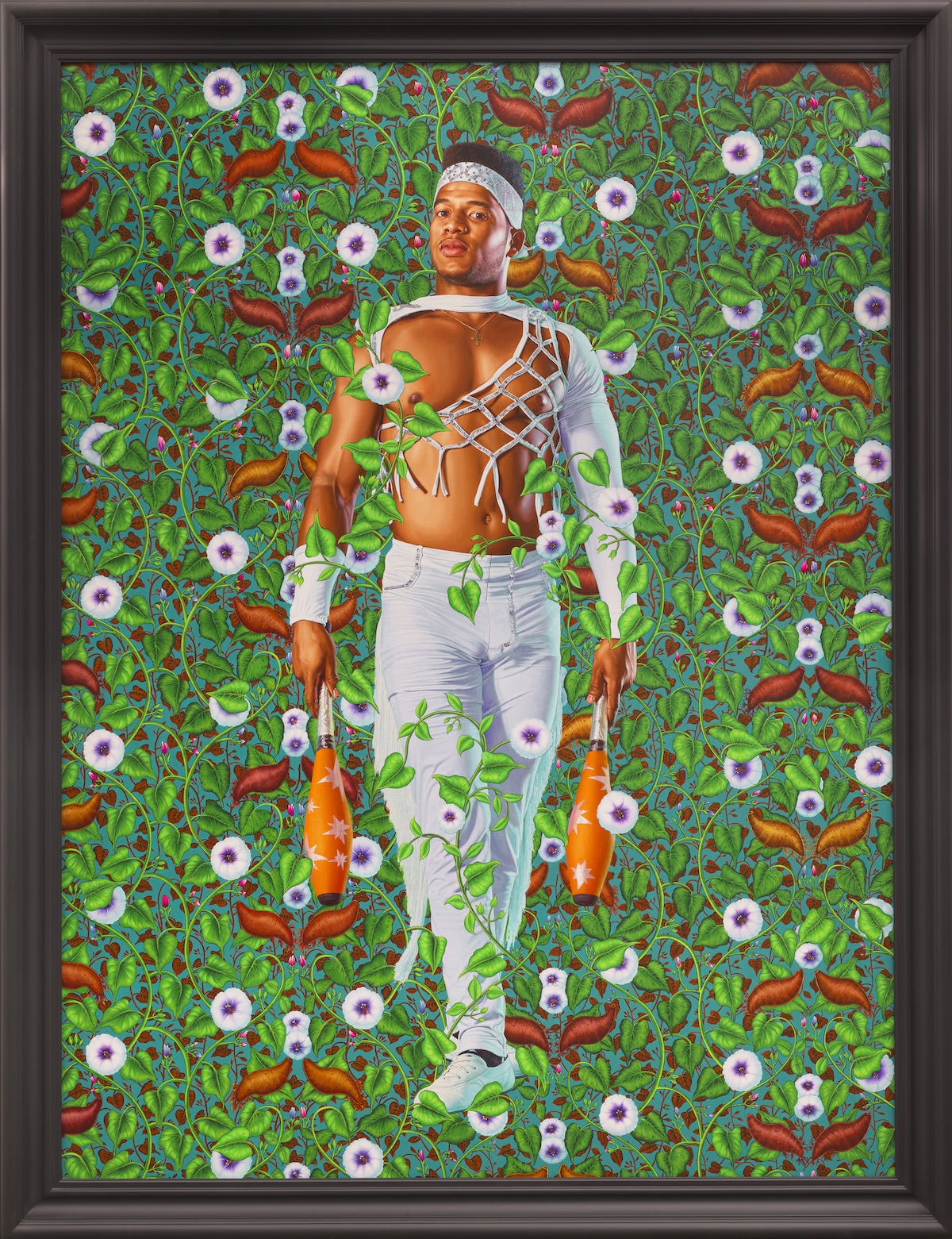
“Portrait of Daniel Paiol López,” 2023
Oil on linen
96 x 72 inches
© Kehinde Wiley
Photo: Max Yawney
Courtesy: Sean Kelly
Artist Kehinde Wiley draws inspiration from the past to inform his contemporary portraiture. The subjects of his paintings are front and center among verdant imagery. Colorful blooms and repeating patterns surround them like the decadent wallpaper you’d expect in a palatial setting. They recall paintings you’d find in a museum created by the Old Masters. Here, however, Wiley centers the work on Black and Brown figures. They assume the regal positions that have been historically reserved for white European nobility.
Wiley’s latest series of paintings titled HAVANA continues this artistic exploration as a focus on global Black culture. The collection is inspired by two trips the artist made to Cuba and looks at the “phenomenon of the carnivalesque in Western culture.” Its visual references were inspired by artists including Toulouse-Lautrec, Picasso, and Calder as well as Western European depictions of the circus, street performance, dance, and the carnivalesque.
The circus is a place, but it’s also a metaphor. Wiley focuses on the carnivalesque through circus performers who “embrace a dynamic and vibrant way of living and being in the world.” The circus is where those who exist on the fringes of society—be it cultural, religious, or social—can find a place. When viewed from an African or African diasporic point of view, the celebratory and spirited events offer moments of reprieve, freedom, and joy that formerly enslaved people could participate in—a rarity for those who were colonized and forced to migrate. Mardi Gras in New Orleans is one example.
“Black people are survivors, we’re shapeshifters,” Wiley says, “The very delightful and delicious ways in which we survive have created the Blues, and so many other cultural traditions at the leading edge of American creative culture, whether it be Jazz or Hip Hop, soul food, or African American fashion sensibilities.”
During his first visit to Cuba in 2015, Wiley went to the Escuela Nacional de Circo Cuba. (Prior to 1959, Cuba had a long tradition of circus arts with many family-run companies.) On his second visit in 2022, the artist met with performers from Raices Profundas. The group is regarded as one of the most authentic performing ensembles in the Yoruba religious tradition.
“The performers are each different—there’s so many different points of view, so many different life experiences but, one thing that unites them all is the very sense that America dominates the economic fortune of Cuba,” Wiley explains. “The relationship between America and Cuba is one that has been fraught with a fascination, a suspicion, an intrigue, and a cultural weight.”
The monumental paintings showcase the individuality of each performer, whether it is through their dress or the things they carry like juggling sticks or instruments. Each person stares directly into the eyes of the viewer, looking confident with their heads turned slightly upwards.
“So much of the work follows the throughline of the circus performers as those who can suspend reality—those who can breathe into being a third space, a third area, one in which all of the normal aspects of life are put aside in favor of a drunken, shifted, hyper, vibrant way of living, being, and seeing the world,” Wiley explains. “It’s through these intersections and these interventions that Black and Brown people historically have been able to communicate love and joy in a radical act of defiance.”
HAVANA is now on view at Sean Kelly in New York through June 17, 2023. In addition to the paintings, there is a three-channel film that features interviews and performances by members of the Raices Profundas.
Artist Kehinde Wiley draws inspiration from the past to inform his contemporary portraiture.
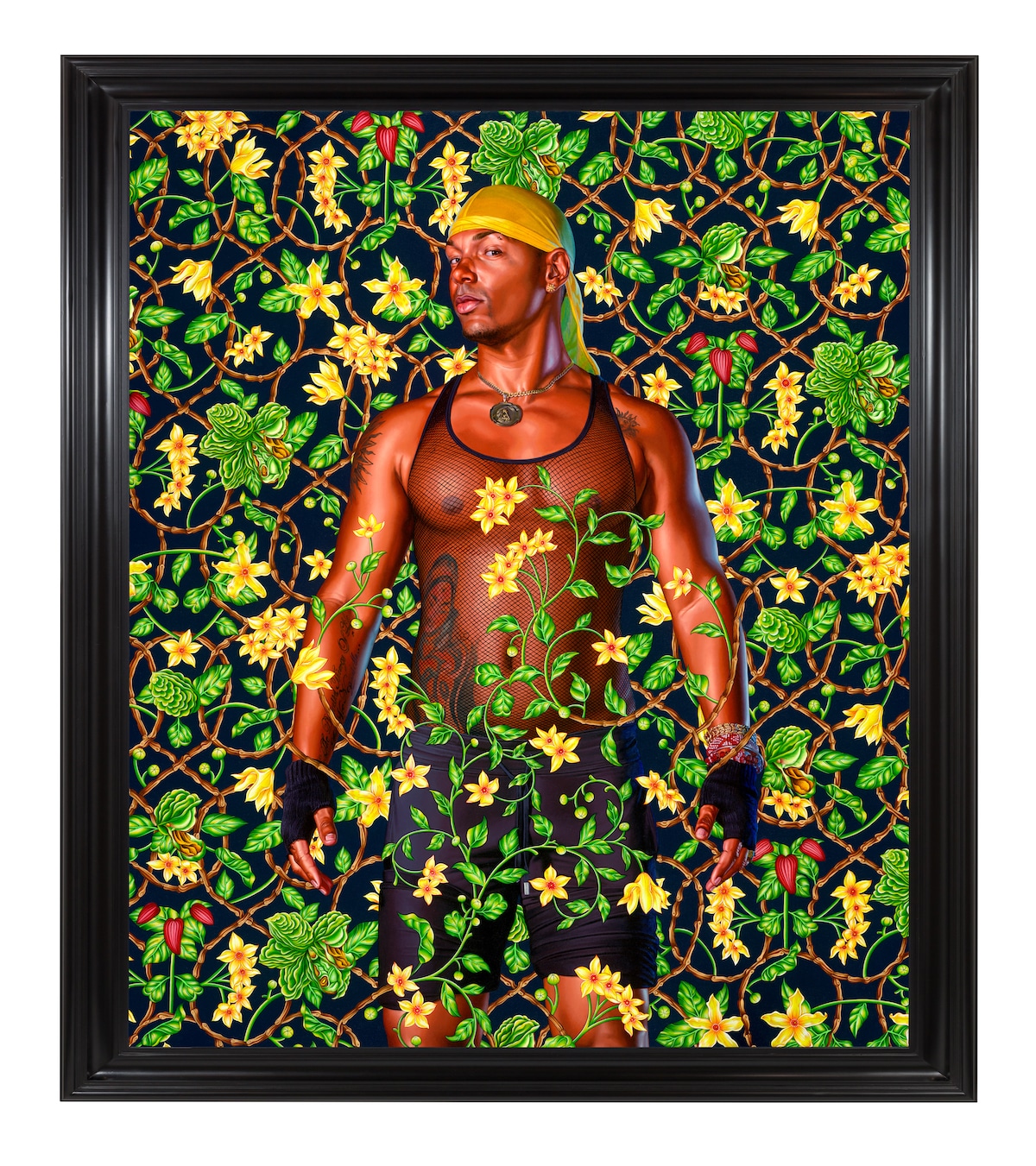
“Portrait of Emilio Hernandez Gonzalez,” 2023
Oil on linen
72 x 60 inches
© Kehinde Wiley
Courtesy: Sean Kelly
They recall paintings you’d find in a museum created by the Old Masters. Here, however, Wiley centers the work on Black and Brown figures.
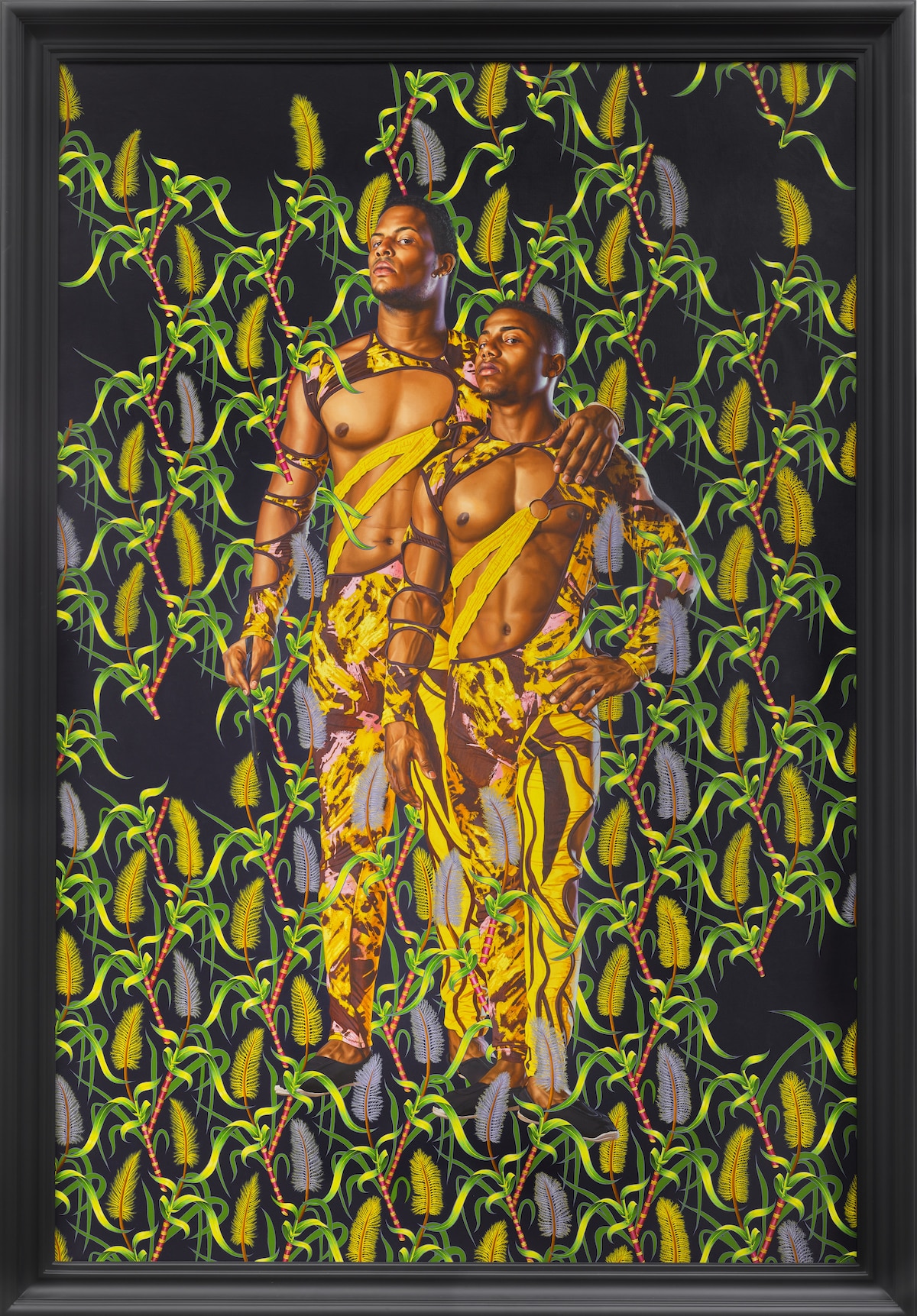
“Portrait of Tony di heon Gonzales & Armando Leon Aquirre,” 2023
Oil on linen
108 x 72 inches
© Kehinde Wiley
Photo: Max Yawney
Courtesy: Sean Kelly
They assume the regal positions that have been historically reserved for white European nobility.

“Portrait of Juan Cabrera Pulido & Emilio Hernandez Gonzalez,” 2023
Oil on linen
108 x 72 inches
© Kehinde Wiley
Photo: Max Yawney
Courtesy: Sean Kelly
Wiley’s latest series of paintings titled HAVANA continue this artistic exploration as a focus on global Black culture.

“Portrait of Rassiel Alfonso Leonard & Nairobys C. Placeres Riviero,” 2023
Oil on linen
108 x 72 inches
© Kehinde Wiley
Photo: Max Yawney
Courtesy: Sean Kelly
The collection is inspired by two trips the artist made to Cuba and looks at the “phenomenon of the carnivalesque in Western culture.”
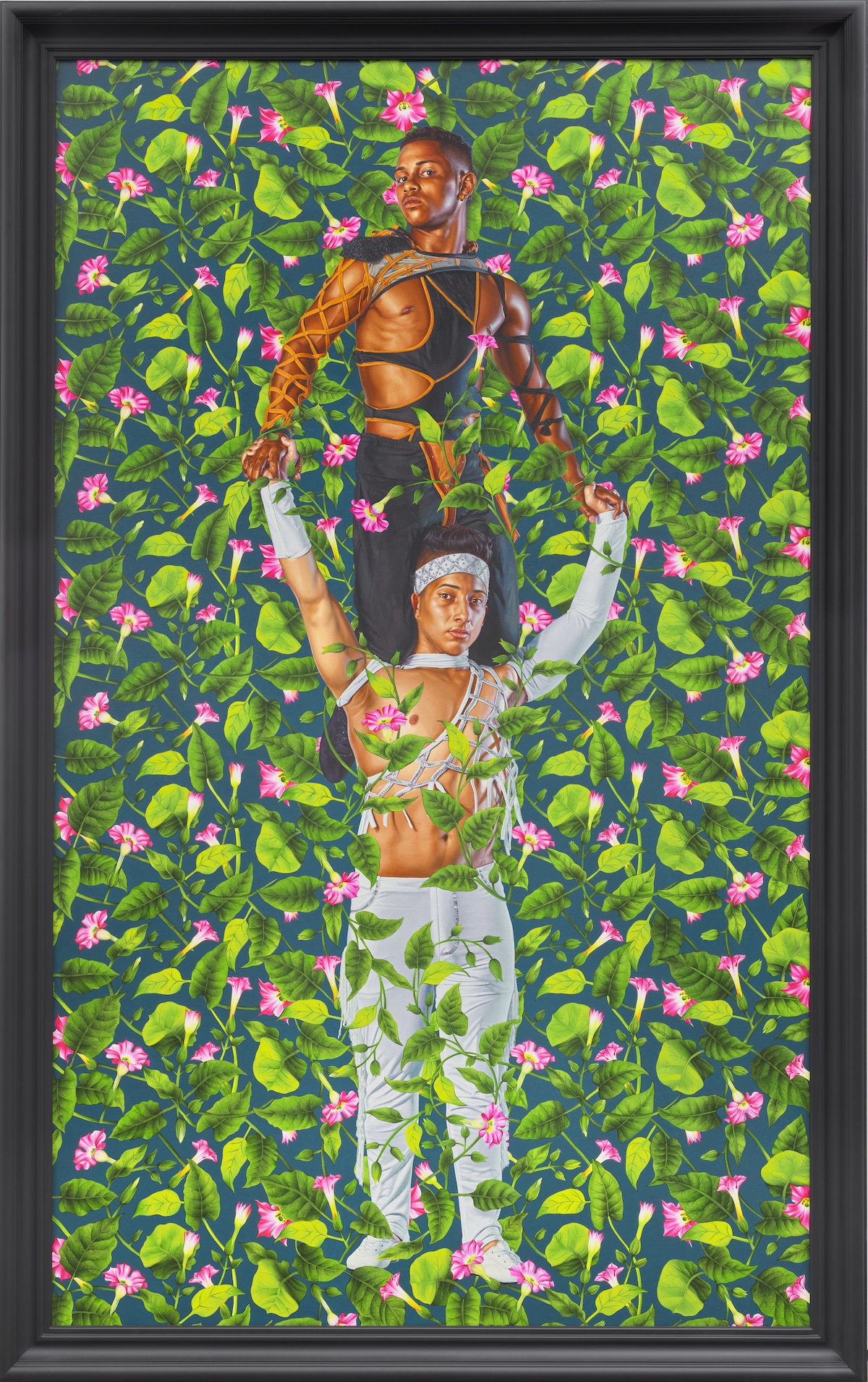
“Portrait of Yadiel Arrozaceno Dorticós & Daniel Paiol López,” 2023
Oil on linen
120 x 72 inches
© Kehinde Wiley
Photo: Max Yawney
Courtesy: Sean Kelly
On his second trip to the country made in 2022, the artist met with performers from Raices Profundas.

“Portrait of Yadiel Arrozaceno Dorticós,” 2023
Oil on linen
72 x 60 inches
© Kehinde Wiley
Courtesy: Sean Kelly
The monumental paintings showcase the individuality of each performer, whether it is through their dress or the things they carry like juggling sticks or instruments.
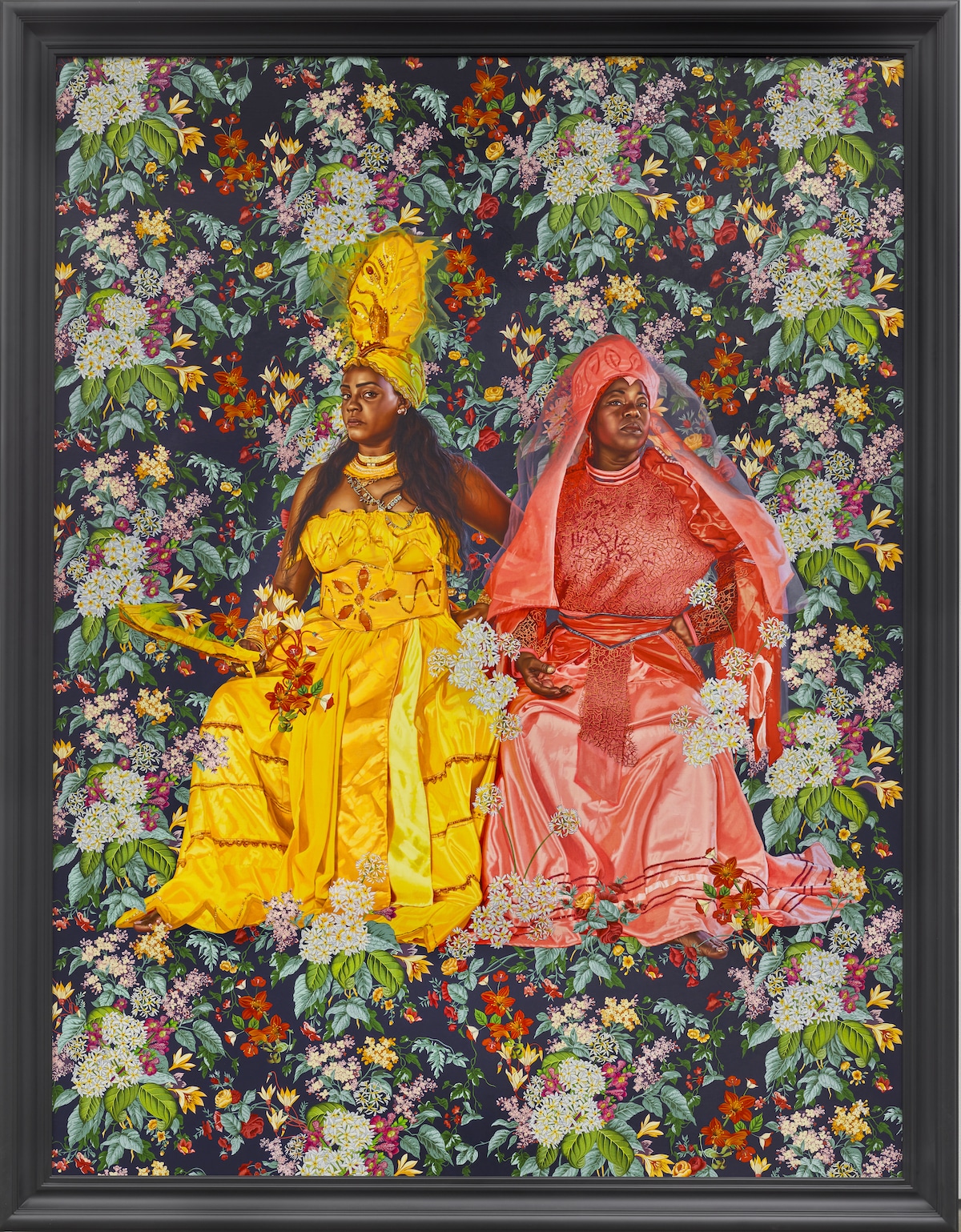
“Portrait of Yaima Polledo & Isabel Pozo,” 2023
Oil on linen
108 x 81 15/16 inches
© Kehinde Wiley
Photo: Max Yawney
Courtesy: Sean Kelly
Each person stares directly into the eyes of the viewer, looking confident with their heads turned slightly upwards.

“Portrait of Anet Arias,” 2023
Oil on linen
48 x 36 inches
© Kehinde Wiley
Photo: Max Yawney
Courtesy: Sean Kelly
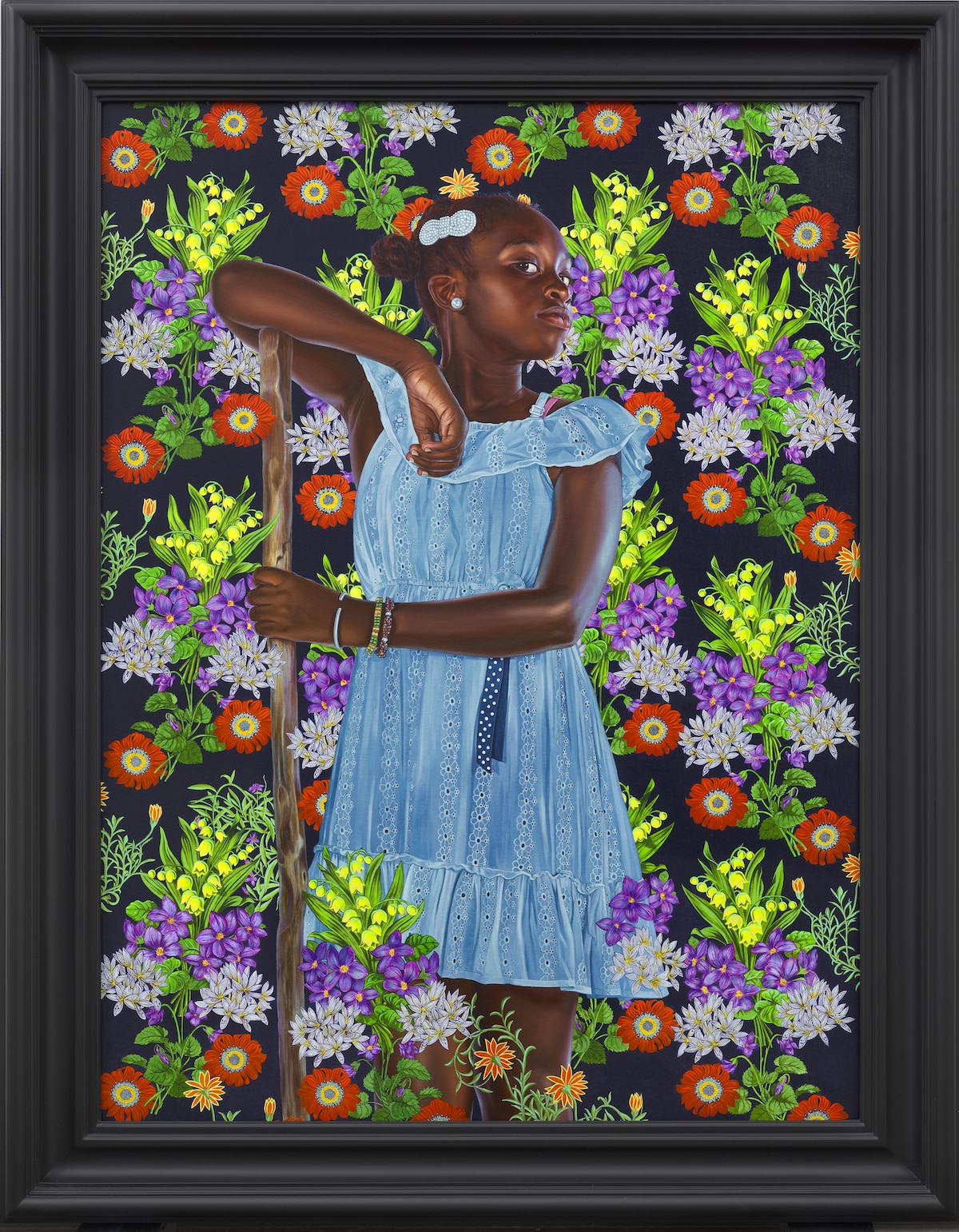
“Portrait of Erika Gray Ferro,” 2023
Oil on linen
48 x 36 inches
© Kehinde Wiley
Photo: Max Yawney
Courtesy: Sean Kelly
HAVANA is now on view at Sean Kelly in New York through June 17, 2023.
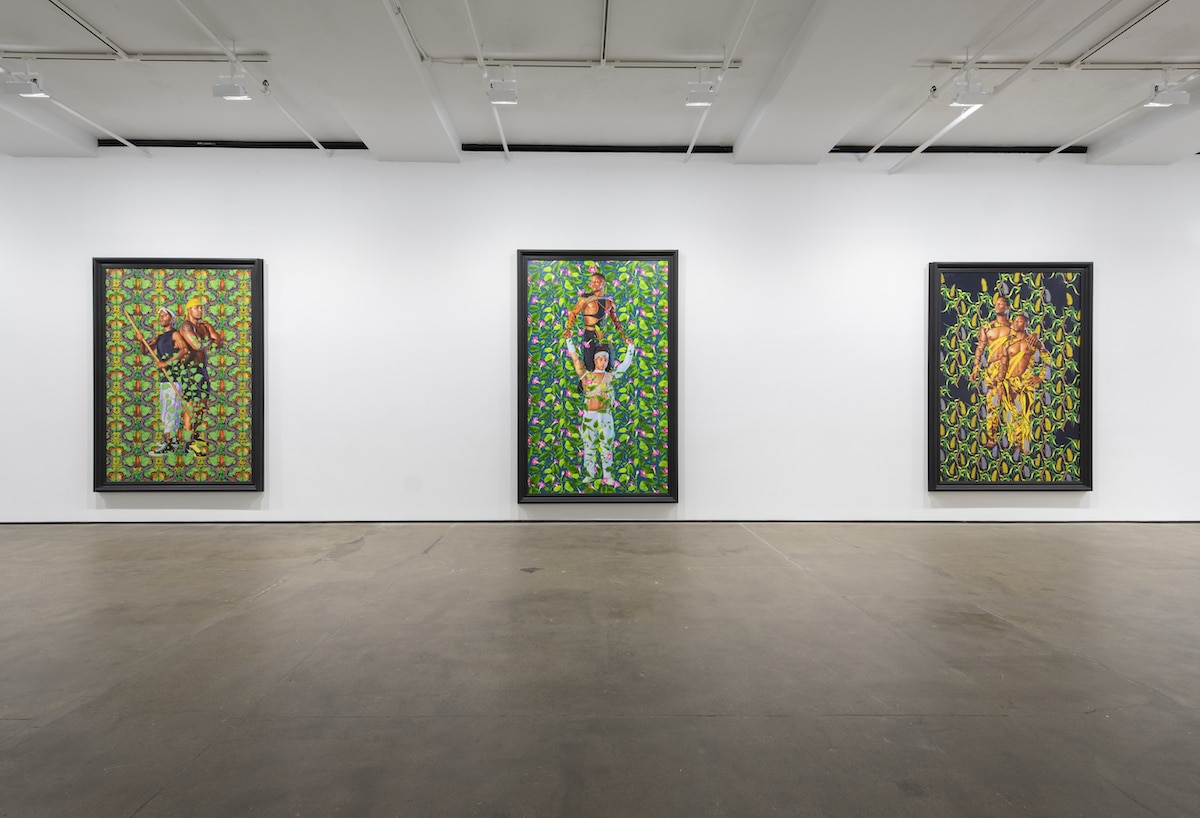
Installation view of Kehinde Wiley: HAVANA at Sean Kelly, New York, April 28–June 17, 2023
Photography: Adam Reich
Courtesy: Sean Kelly
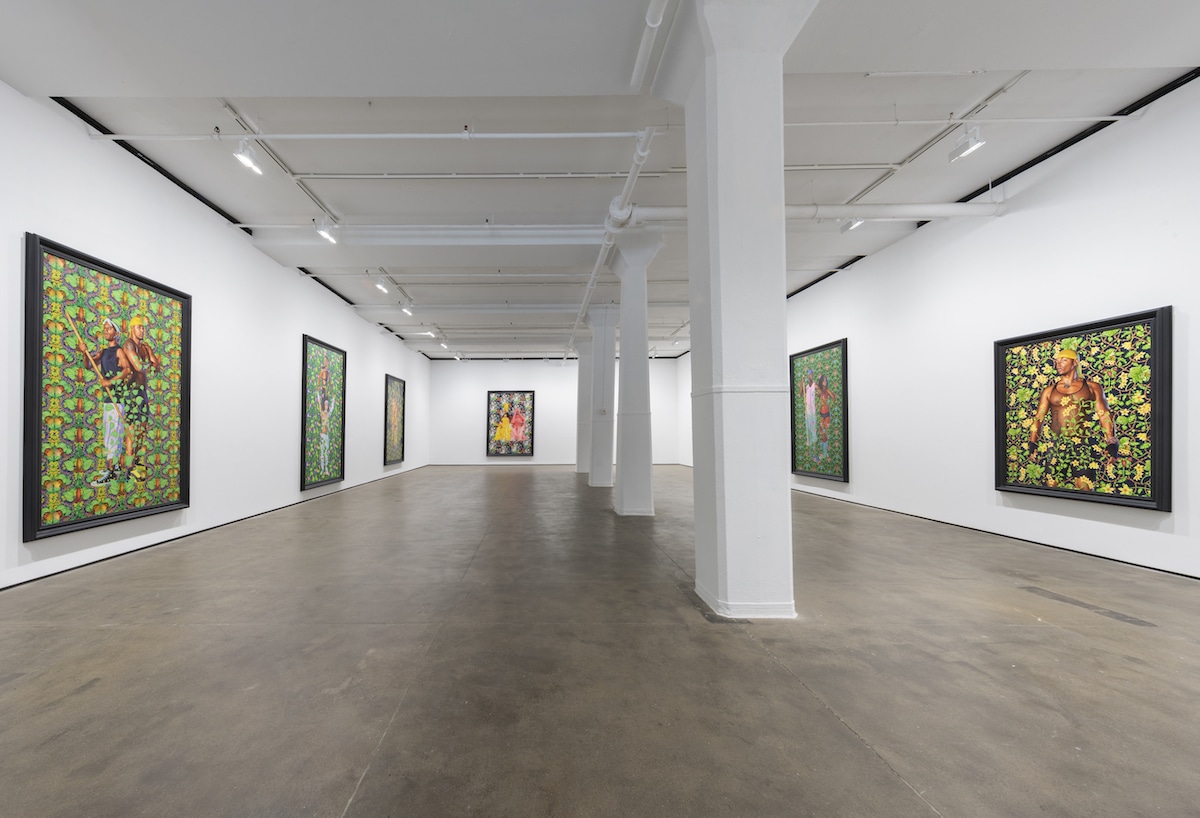
Installation view of Kehinde Wiley: HAVANA at Sean Kelly, New York, April 28–June 17, 2023
Photography: Adam Reich
Courtesy: Sean Kelly
